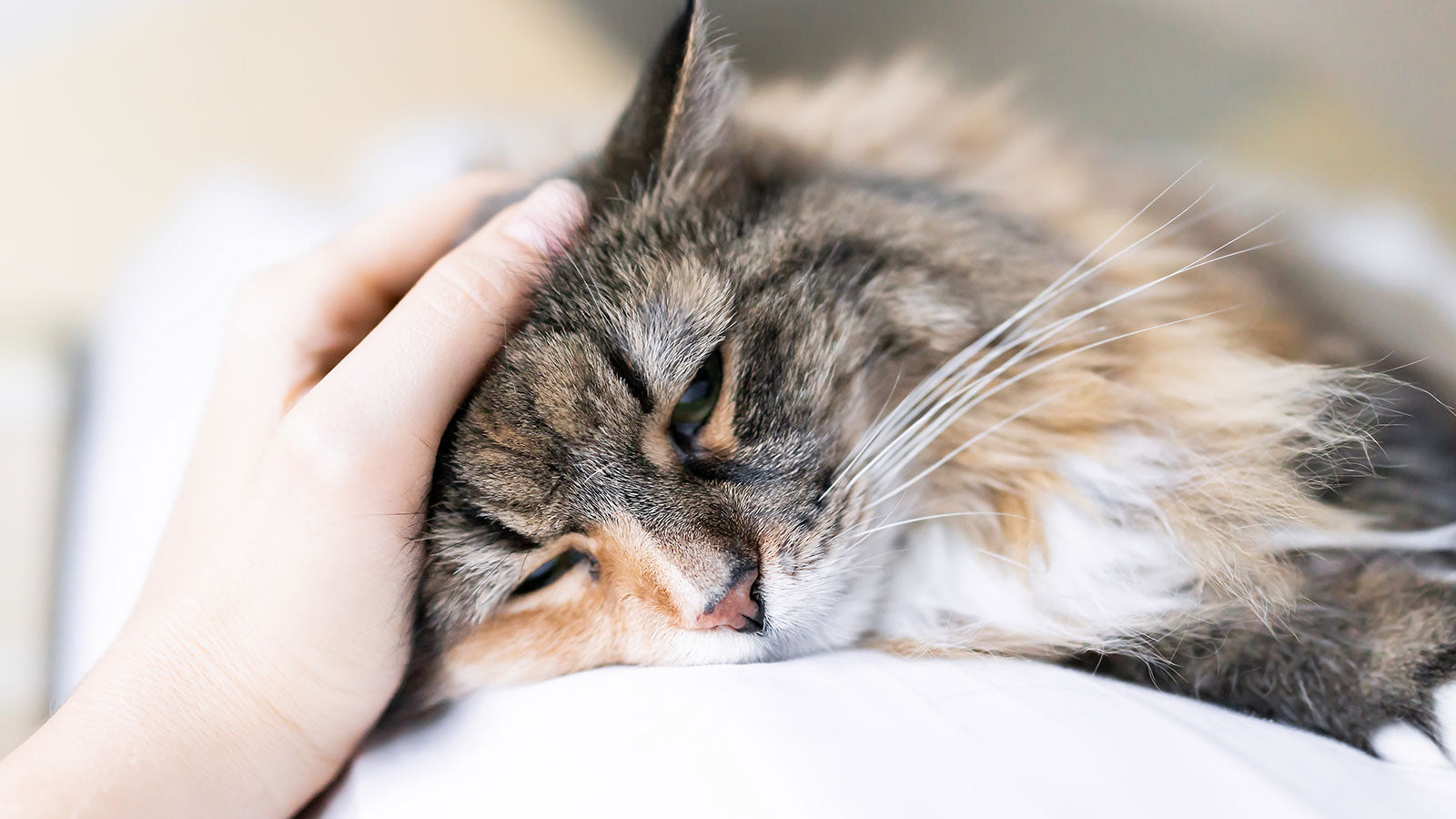Feline urinary and kidney diseases are significant health concerns that can severely impact the well-being of our feline companions. Understanding the causes, symptoms, and preventive measures is crucial in ensuring that your cat leads a healthy and comfortable life.
This article discusses the common urinary tract issues, particularly Feline Lower Urinary Tract Disease (FLUTD), and chronic kidney insufficiency, providing insights on how to manage and prevent these conditions.
Feline Lower Urinary Tract Disease (FLUTD)
Feline Lower Urinary Tract Disease (FLUTD) is a prevalent condition in cats, often involving bladder inflammation (cystitis), crystals in the urine, and, less commonly, bladder stones or infections. FLUTD can cause significant discomfort and may lead to life-threatening complications if not addressed promptly. The most common symptoms of FLUTD include blood in the urine, frequent attempts to urinate (often with little output), and visible discomfort or pain during urination. In male cats, FLUTD can be particularly dangerous, as their narrower urethra makes them more prone to complete urinary blockages, which is a medical emergency.
Factors Contributing to FLUTD
Several factors contribute to the development of FLUTD, and understanding these can help in both prevention and management:
Chronic Dehydration
Adequate hydration is essential for maintaining urinary tract health in cats. Chronic dehydration can lead to concentrated urine, which irritates the bladder wall and can contribute to the formation of crystals and stones. Cats are naturally low drinkers and often do not consume enough water, especially if they are primarily fed dry food. Ensuring that your cat receives sufficient moisture in their diet is a critical preventive measure against FLUTD.
High Fiber Diets
Feeding a high-fiber diet to a carnivore like a cat can have unintended consequences. Plant fibers draw water into the colon, which can exacerbate dehydration, further concentrating the urine and increasing the risk of bladder irritation and crystal formation. Since cats are obligate carnivores, their diet should primarily consist of animal-based proteins with minimal fiber content.
Excessive Carbohydrates
Processed cat foods often contain high levels of grains and starches, which can cause the urine to become more alkaline (higher pH). Alkaline urine is a known risk factor for the formation of struvite crystals, one of the most common types found in cats with FLUTD. Maintaining a diet that reduces carbohydrate intake and promotes a more acidic urinary environment can help prevent the formation of these crystals.
Anxiety and Stress
Anxiety and stress can also influence the urinary pH, making the urine more alkaline. Stressful environments, changes in routine, or conflicts with other pets can trigger FLUTD symptoms in susceptible cats. Managing stress through environmental enrichment, providing safe spaces, and using calming products can be beneficial in reducing the risk of FLUTD.
Chronic Kidney Insufficiency (CKD)
Chronic kidney disease (CKD) is a common condition in older cats, characterized by the progressive and irreversible loss of kidney function. Unlike acute kidney injury, CKD develops over months or years, gradually impairing the kidneys' ability to filter waste products from the blood. Studies estimate that 10% of dogs and 30% of cats over the age of 15 are affected by CKD.
Causes and Risk Factors
One of the dietary factors associated with CKD is the intake of inorganic phosphorus found in many commercial cat foods. Cats have a limited ability to regulate the absorption of inorganic phosphorus, leading to elevated blood levels that can damage the kidneys over time. In contrast, the phosphorus found in natural sources, such as those in a raw diet, is more easily absorbed and regulated by the cat's body.
Managing CKD Through Diet
Feeding a well-planned raw diet can be beneficial for cats with CKD, as it provides high-quality, easily digestible protein, essential fatty acids, B vitamins, and an appropriate calcium-to-phosphorus ratio. A diet with good moisture content is also critical in supporting kidney function, as it helps to maintain hydration and flush waste products through the urinary system. However, not every cat with CKD is a suitable candidate for a raw diet. Decisions to transition to a raw diet should be made on a case-by-case basis, considering the cat's overall health, stage of CKD, and input from their primary veterinarian.
Preventive Measures
The most crucial step in preventing urinary and kidney diseases in cats is to ensure they consume a high-moisture diet. Cats naturally obtain most of their water from their food, and a diet that mimics their ancestral eating habits, such as raw or wet food, provides the necessary hydration. A high-moisture diet helps maintain the correct pH in the bladder, promotes a healthy flow of urine, and reduces the risk of crystal and stone formation.
It is also essential to monitor your cat for any signs of urinary or kidney problems, such as changes in urination habits, blood in the urine, or signs of discomfort. Early detection and intervention are key to managing these conditions effectively. Always consult with your veterinarian if you suspect your cat may be showing symptoms of urinary or renal disorders.






Share:
Managing Pet Allergies: Diet and Gut Health